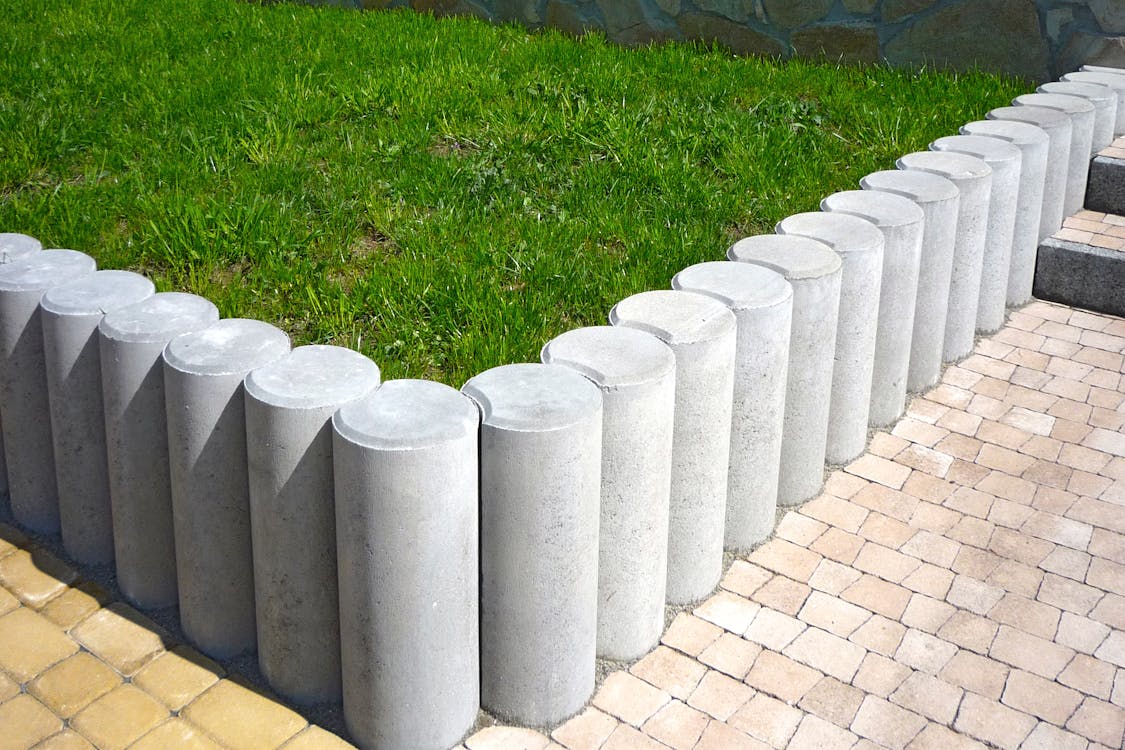The Landscape Recycler’s Guide to Soil and Materials
The Landscape Recycler’s Guide to Soil and Materials
Blog Article

Rethinking the Landscape: Why Recycling in Landscaping Matters More Than Ever
Sustainable living does not stop at multiple-use bags and solar panels-- it expands right into our backyards. Landscape design is undergoing a silent revolution, where ecological awareness and creativity are improving just how we develop exterior spaces. One of one of the most amazing shifts in this development is the expanding concentrate on recycling materials like dirt, compost, and also hardscape components. Whether you're collaborating with sprawling acreage or a moderate yard spot, your green thumb can currently do double duty-- supporting plants while preserving the world.
Eco-friendly landscaping isn't practically growing indigenous types and conserving water. It's additionally concerning rethinking waste. Soil, for instance, is typically dealt with as non reusable during big garden improvements or when dealing with construction debris. But that rich, earthy resource can often be repurposed-- and doing so can cut down costs, reduce land fill payments, and develop much healthier, much more sustainable yards.
Exploring Soil Recycling: Turning "Used" Dirt right into Garden Gold
Soil recycling begins by understanding what you're collaborating with. If the dirt has been previously used in growing beds or building, it may be compressed or depleted of nutrients. But this does not indicate it's ineffective-- it simply requires rehab.
Start by evaluating your soil. Removing particles like rocks, roots, and garbage provides you a tidy base. If it's clay-heavy or excessively sandy, blending it with garden compost or organic matter boosts texture and nutrient web content. This this page is where a trustworthy company of landscape supplies in Windsor residents depend on can make a difference, using compost, topsoil blends, and soil conditioners that invigorate tired dirt.
Recycled dirt is best for raised beds, flower beds, and also brand-new yard installments. By choosing to deal with what you currently have, you're reducing transportation discharges and lowering the need for freshly extracted planet. It's a refined change, but when multiplied throughout areas, its ecological impact is huge.
Redeeming the Beauty in Hardscape: Giving Old Materials New Purpose
Following time you knock down a patio or dig up a garden border, don't be so quick to toss those damaged pavers or broke blocks. Hardscape products like rock, concrete, and block are unbelievably durable-- and highly reusable. They can become rustic edging, lovely stepping stones, or the structure of a brand-new path.
And afterwards there are decorative rocks. These elements don't wear out-- they just get relocated. Salvaging river rocks, pea gravel, or smashed granite from old installments and rearranging them artistically conserves money and stops the requirement for more quarrying. It's the type of circular economy that does not simply profit your backyard-- it benefits environments at large.
Think about this as a chance to infuse your landscape with character. Recycled components usually bring an aging of time, a sense of story. What was as soon as a part of somebody else's outdoor patio might currently be a conversation-starting focal point in your drought-tolerant rock garden.
Compost, Wood, and Green Waste: Composting and Reusing with Intention
Timber chips, leaves, and yard clippings are often scooped and transported off, only to wind up in community waste. But these products are the ideal structure for mulch or garden compost. Instead of buy brand-new every season, several garden enthusiasts currently produce their very own mulch from shredded branches or fall leaves.
Self-made mulch not just reduces weeds and retains dirt moisture yet also gradually decomposes to nurture the dirt. In time, this builds a healthy growing setting that's far more sustainable than artificial fertilizers or imported changes.
If you're increasing into composting, eco-friendly waste like veggie scraps, grass cuttings, and coffee premises can feed your dirt. This composting society isn't just environment-friendly-- it's empowering. It puts control in your hands and transforms daily waste right into horticulture prize.
Creative Reuse in Outdoor Projects: Where Sustainability Meets Style
Environment-friendly landscape design is as much about design as it is about materials. Increased beds made from restored timber, yard seating produced from leftover stone, or keeping walls developed with recovered blocks verify that sustainability and appeal are not equally special. They're buddies in contemporary landscape style.
A lot more home owners are sourcing their products in your area with trusted Landscape Supply in Greeley, CO service providers who understand the worth of both brand-new and recycled resources. It's about finding suppliers that use high quality, toughness, and a commitment to environmentally responsible techniques. Whether you're completing a flower bed or overhauling a whole lawn, local sourcing reduces exhausts and supports local economic situations.
There's likewise an expanding neighborhood of DIY landscapers and contractors sharing concepts for repurposing materials online and via community networks. You might uncover that your neighbor's thrown out woods are exactly what you need for a brand-new garden bench-- or that the heap of rubble you assumed was waste is actually the structure for your following maintaining wall surface.
Landscaping for the Future: Small Steps, Big Impact
The course to a more sustainable landscape begins with simple options. Reuse soil rather than dumping it. Repurpose hardscape materials as opposed to buying new. Garden compost your trimmings instead of getting them for land fill pickup. These aren't large adjustments-- they're mindful shifts. However their effect reverberates.
By embracing recycled materials and smarter sourcing, you're not just gardening-- you're part of a motion. An activity towards much less waste, even more creativity, and deeper connection with the land under your feet.
So the next time you're planning your yard or updating a garden function, hesitate before discarding what seems unusable. There's charm in the reused, strength in the repurposed, and purpose in every sustainable choice you make.
Stay tuned for more ideas and fresh landscaping ideas that help you grow greener, smarter, and more inspired with every period. Maintain complying with along-- and let's keep creating a cleaner, more conscious exterior globe together.
Report this page